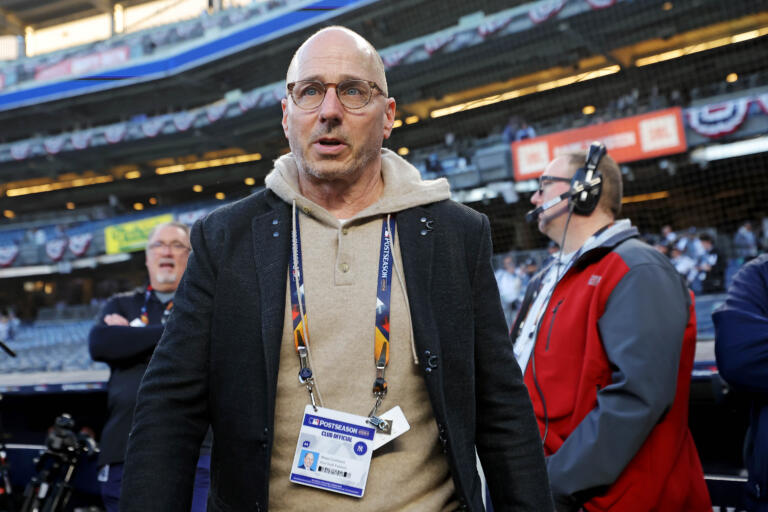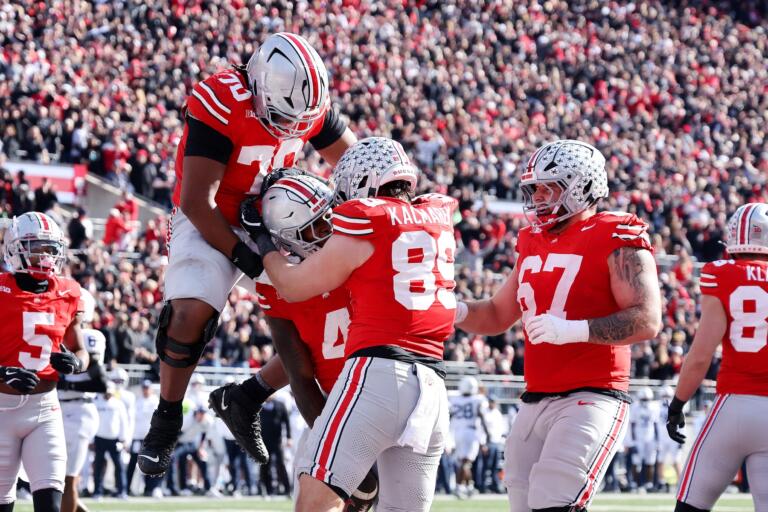
Whether you recognize him as the “Sultan of Swat” or “The Bambino,” Babe Ruth’s legacy surpasses these famous nicknames. Over his remarkable 22-year career, the Baltimore native became an American cultural icon. Here are some facts about the star that you might have missed.
The Name Behind the Legend

Widely known by his nickname “Babe Ruth,” the man’s actual name was George Herman Ruth Jr. He was named after his father, a saloon owner who died in a street fight. As the only player with the last name “Ruth” in significant league history, Babe was destined to stand out.
A Birthday Misunderstanding

Did you know that for most of his life, Ruth believed he was a year older than he actually was? It wasn’t until he applied for a passport in 1934 that he discovered his actual birth date—February 6, 1895, not February 7, 1894, as he had celebrated for years. Despite the correction, Ruth continued to honor February 7 as his birthday.
A Troubled Youth, Not an Orphan

Many fans think Babe Ruth was an orphan, but the truth is more complicated. At just seven years old, Ruth was sent to St. Mary’s Industrial School for Orphaned and Delinquent Boys in Baltimore, but not because he was parentless. His parents were overwhelmed by his wild behavior, so they left him under the school’s guardianship.
Ruth the Carpenter and Shirtmaker

During his time at St. Mary’s Industrial School for Boys, Ruth learned carpentry and shirtmaking. The students also did their own cooking and shoemaking and even renovated parts of the facility in 1912. These skills stuck with Ruth even as a baseball star, as he preferred to mend his own clothes rather than pay a professional.
The Pitcher Who Became a Powerhouse

Before he was smashing home run records, Babe Ruth was one of baseball’s most formidable pitchers. In the early 1910s, he was a left-handed dynamo for the Boston Red Sox, racking up 89 wins over six seasons. But once he was sold to the Yankees, Ruth transitioned to the outfield, where his bat was legendary.
From the Yankees to the Braves

After the Yankees deemed his performance past its prime, Ruth joined the National League’s Boston Braves in 1935, where he aspired to a managerial position. Still, as his skills declined and his hopes were dashed, he hung up his cleats after just 28 games with the Braves, ending his illustrious 22-year career.
The Mysterious Origins of “Babe”

How did George Herman Ruth Jr. become “Babe Ruth?” The truth is, no one knows for sure. He earned the nickname while playing for the Baltimore Orioles, a team filled with seasoned veterans, but the exact origin remains a mystery. Regardless, the name stuck and became a symbol of baseball success.
Speeding His Way Into Trouble

Ruth wasn’t just fast on the field; he was a speed demon behind the wheel, too. This got him more than just a few tickets—on June 8, 1921, Ruth was arrested in Manhattan for driving 26 miles per hour. After a quick release, he was back on the field, playing for the Yankees that same day.
A National Icon During Wartime

Even during World War II’s tough times, Ruth’s larger-than-life persona captivated the nation, making him a household name. So much so that Japanese soldiers, trying to taunt American troops, would shout, “To hell with Babe Ruth!” They knew nothing could rile up the Americans more than insulting their beloved baseball hero.
Breaking Records, One Swing at a Time

In 1919, Ruth hit 29 home runs, setting a new single-season record. He shattered it the following year with 54 and bumped it in 1921 to 59. Before Ruth came along, the record was 27, set in 1884 by Ned Williamson. Ruth’s power at the plate redefined what was possible in baseball.
A Record-Setting Legend in More Ways Than One

Speaking of records, Ruth’s legacy was also well-decorated with numerous accolades. He won seven World Series titles and earned two All-Star selections, to name a few. These accomplishments were so outstanding that six decades after his retirement, Sporting News still named him the greatest baseball player of all time in their 1998 ranking.
A Secret Marriage and Hidden Scandals

Behind the scenes, Ruth’s life was as dramatic as his career on the field. Less than two weeks after his rookie season ended in 1914, he married a 16-year-old waitress named Helen Woodford. In 1921, the couple adopted a daughter, Dorothy, who turned out to be Ruth’s biological child from an affair.
Out-Homering Entire Teams

Imagine a single-player out-homering an entire team. In 1919, only five teams managed to hit more home runs than Ruth did alone, and by 1920, only two teams surpassed his total. By the following year, his home run count outpaced half the teams in baseball. He wasn’t just breaking records—the man was setting new standards.
Babe Ruth on the Silver Screen

Ruth appeared in four feature films post-retirement, playing himself or a character based on him. His final movie role was in The Pride of the Yankees, filmed just a year after Lou Gehrig’s death in 1942. Ruth even lost 40 pounds to convincingly portray a younger version of himself.
A Fighter Until the End

Diagnosed with cancer, Ruth passed away on August 16, 1948, at age 53. In tribute to the man who had captivated the baseball world, his body lay in state at Yankee Stadium for two days. The same facility also commemorated a granite monument in his memory a year later.








